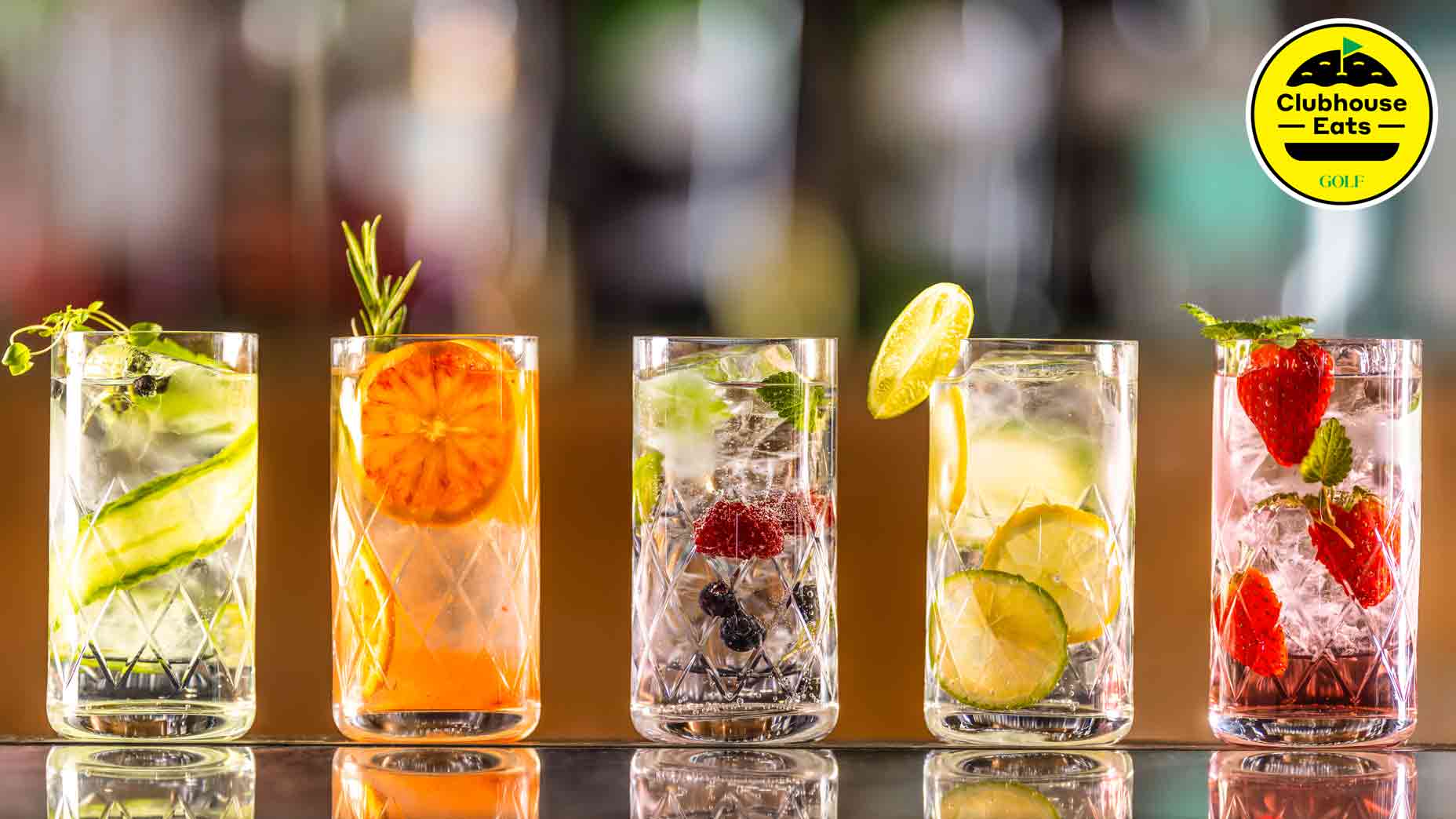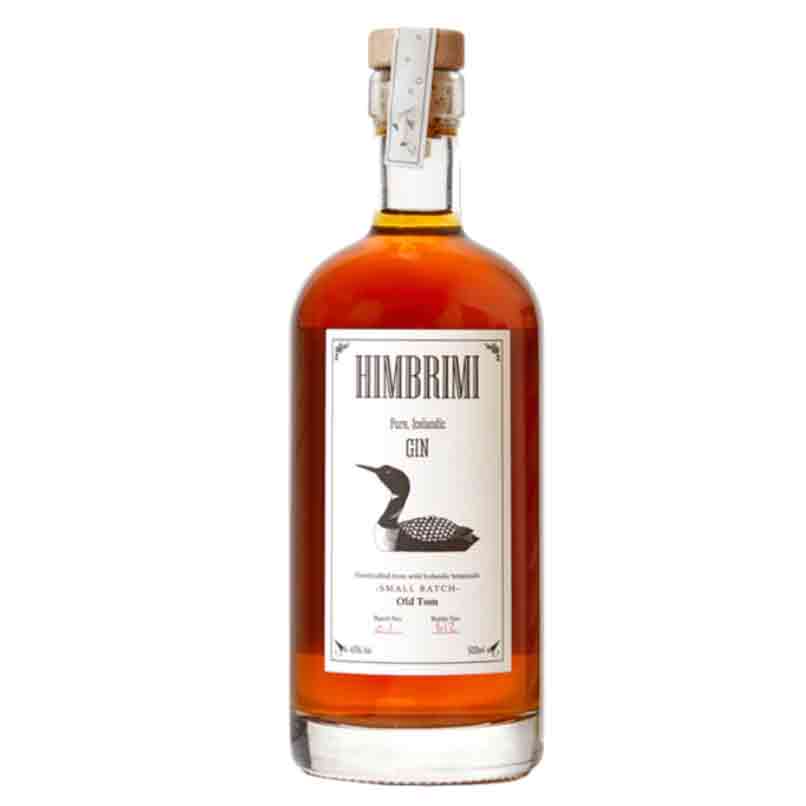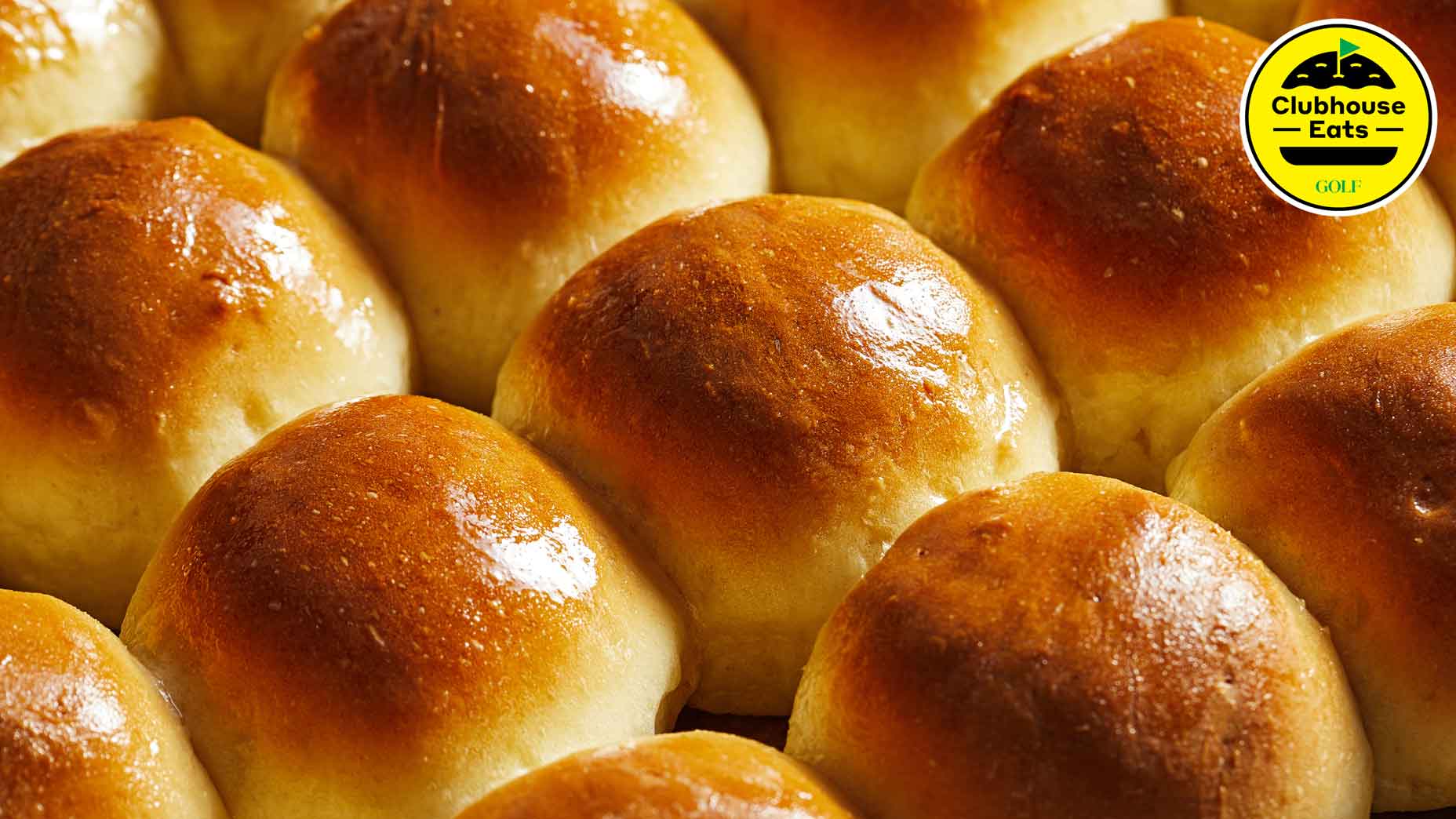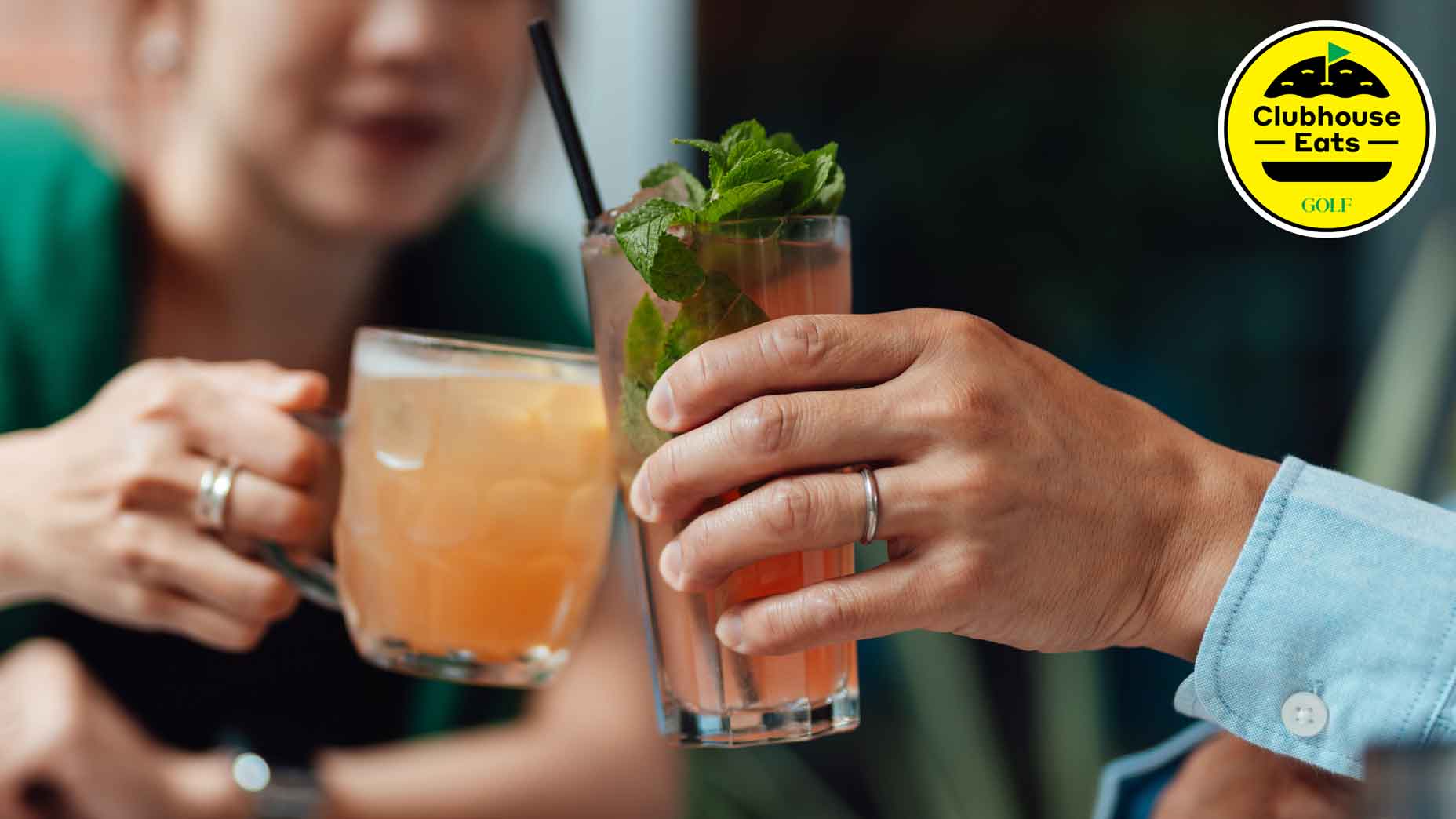Welcome to Clubhouse Eats, where we celebrate the game’s most delectable food and drink. Hope you brought your appetite.
***
The arrival of spring brings longer sunlit days and warmer temperatures, the latter of which often inspires many imbibers to trade in their warming, darker spirits for lighter, brighter alternatives. As the spring air comes to life with the aromas of flowers and plants in bloom, it’s not surprising that many people seek out similarly flavored spirits, which is why gin is king once Old Man Winter packs his bags and heads south for the summer.
The allure of gin is its versatility. With limited regulation on what defines a gin — certainly in comparison to the legalities that characterize other distilled spirits like whiskey — a gin has the ability to be whatever its maker would like it to be, so long as it derives some of its character from juniper berries. More specifically, that means that gin, more so than any other type of distilled spirit, can capture and deliver the unique sense of place from wherever it’s made.
With that in mind, we’ve spotlighted eight gins from around the world that each deliver a distinctive flavor profile. If gin is your jam, the following expressions will put a spring in your step (pun intended).
Tulchan
The adventure here rests in trying something new, as the brand may be unfamiliar, but its location in the Speyside region of Scotland is a mere hop, skip, and jump from Edinburgh — the location of one of the most popular gins on the market (Tanqueray). Like that aforementioned gin giant, Tulchan is a London Dry style, which delivers, bright, clean, juniper forward aromas and a creamy sweetness on the palate. This is the ideal Scottish Speyside gin for the traditionalist who loves the London Dry style.

Tulchan Gin
Monkey 47
Almost 1,300 miles southeast of Tulchan’s distillery, the master distiller at Monkey 47 in Germany’s Black Forest region is concocting something altogether different. A quick sniff is all it takes to recognize that, since on the nose there’s a lot going on with this gin. Fragrances of lemon zest, pink peppercorn, cardamom and juniper reflect the variance of the 47 botanicals used — the gin’s recipe also includes angelica, sage, cloves, lavender, jasmine, cardamom, and lingonberries (among many others). A stronger floral character defines the flavor profile of Monkey 47, where bright citrus notes and hints of spearmint also make an appearance.

Monkey 47 Schwarzwald Dry Gin
St. George Spirits’ Terroir Gin
When St. George Spirits’ master distiller Lance Winters set out to make Terroir Gin, he wanted to create a spirit that captured the essence of the wooded trails at the base of Mount Tam in Marin County, California during the summer. To do so, he foraged for local coastal sage, bay laurel, Douglas fir, and wild fennel. He added juniper berries, of course, as well as coriander, which he dry roasted to coax out its chaparral qualities. And he topped off the botanical mixture with dusty, sweet-smelling cinnamon, along with orris and angelica root that, as Lance explains, approximate the forest floor with their earthy flavor profiles. “Every single time I smell it and taste it, I just feel good,” he says. “It’s the same feeling that I get when I walk into the woods and take a deep breath.”
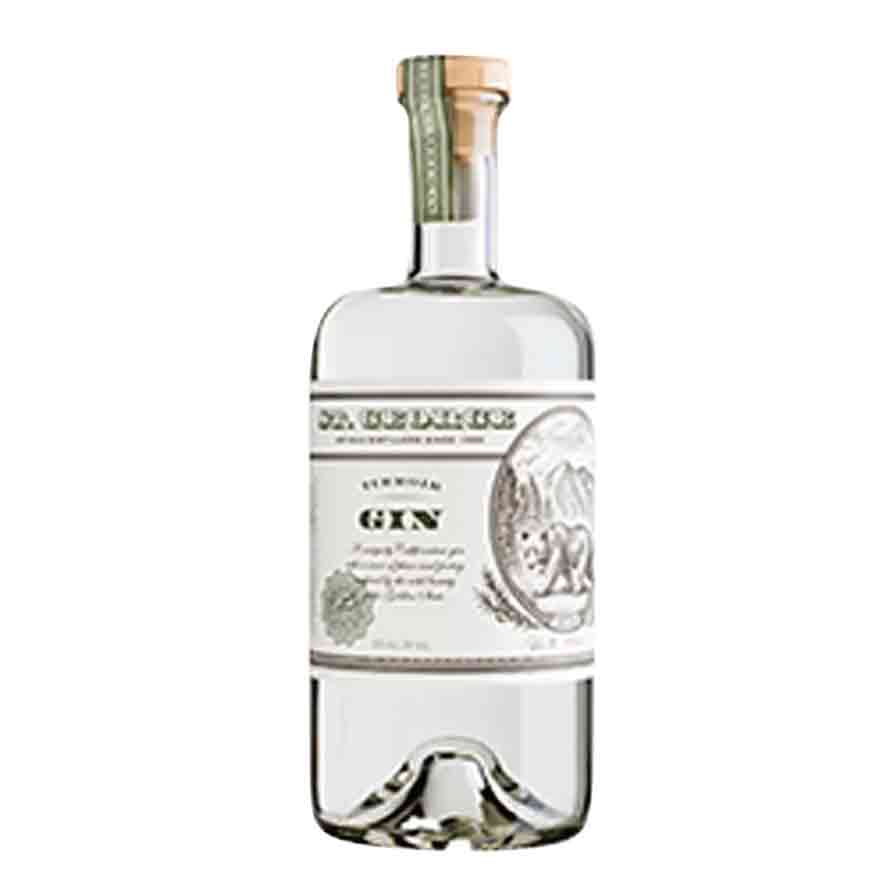
St George Terroir Gin
Edinburgh Gin – Rhubarb + Ginger
There’s no mystery to this Scottish gin. What you see — on the label, anyway — is what you smell in the glass. A bold punch of ginger is supported by hints of tart and sweet rhubarb character. On the palate, those roles are reversed. The rhubarb takes center stage here with copious sweetness up front; however, the sugar is balanced by more subtle ginger undertones. This is the gin to grab when you’re looking to make a fruity highball that epitomizes spring.
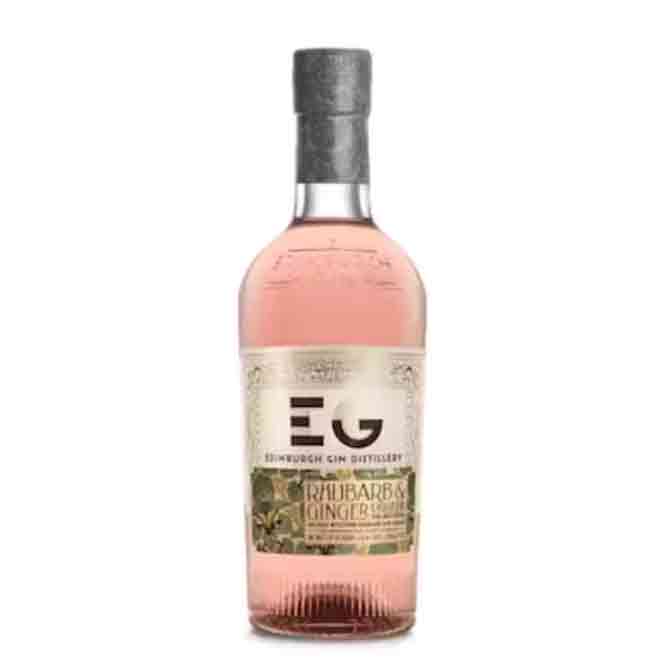
Edinburgh Rhubarb & Ginger Liqueur
Dingle
This Irish gin is bright and herbaceous on the nose, where juniper is prominent, but it’s buoyed by the presence of other spices — angelica root and coriander, specifically. On the palate, this spirit delivers a spicy complexity, which captures the essence of the Irish coastline, even if some of the local botanicals used to get there — we’re looking at you rowan berries and bog myrtle — aren’t familiar to American palates.
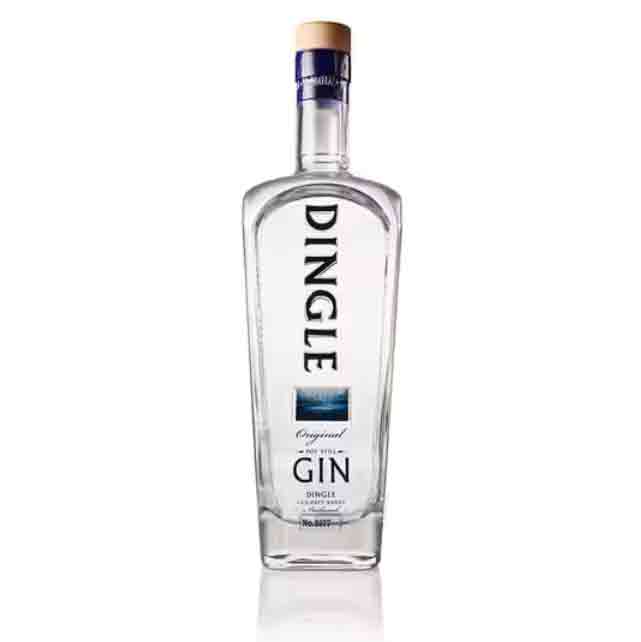
Dingle Irish Gin
Nikka Coffey Gin
As distilled spirits go, Japan has come on strong in recent years in regards to the popularity of its whiskey. But just as some of Scotland’s whisky producers have created equally delicious gin, the Nikka brand has followed suit in the Far East. Its Coffey Gin is teeming with notes of citrus zest on the nose, in particular it offers up aromas of yuzu and lime. On the palate, an even more prominent citrus character is married with bready, cracker-like flavors. This is a gin that works well in a Negroni, so long as more nuanced and lighter, brighter liqueurs and vermouths are used. (We recommend Galliano L’Apperitivo and Noilly Prat Sweet Vermouth.)

Nikka Coffey Gin
Bayab
You may not know what the baobab fruit tastes like and that’s okay, as this smooth African gin will at least give you a sense of it. Aside from a faint hint of juniper and a scant touch of citrus from the aforementioned baobab on the nose, this gin’s aroma is so clean that the distinctive botanicals used in its distillation are almost nonexistent. On the palate, however, the sweetness from the baobab plays off the spice notes of cinnamon, which are balanced by a touch of salinity. It’s a wonderfully layered sip.
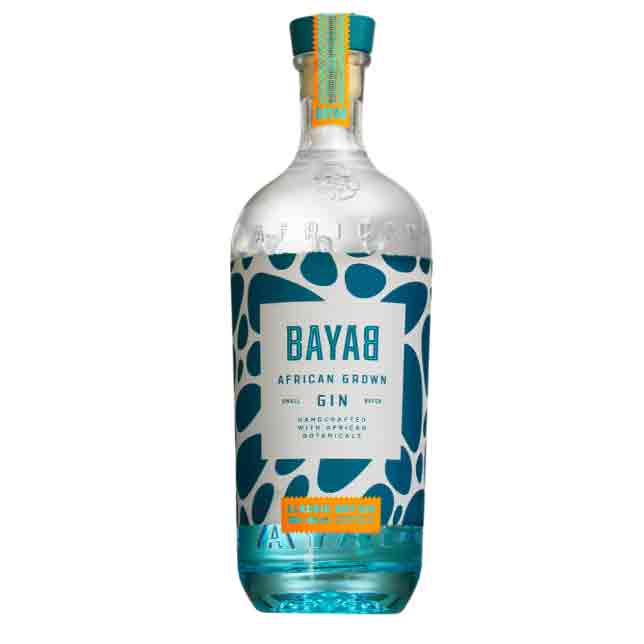
Bayab African Gin
Himbrimi
There’s a look to much of Iceland’s landscape that just screams gin, so it’s logical that numerous producers exist, even though — surprisingly — the first gin distillery on the island nation didn’t open its doors until 2010. Himbrimi released its first vintage in 2018, and the London Dry-style gin presents a subtle nose with juniper berries balanced by softer floral notes. On the palate, the gin is equally subtle, albeit with an herbaceous quality and a touch of grainy biscuit character. It’s one of those rare London Dry gins that is best enjoyed on its own, though it does make an elegant, if understated, dry martini.
